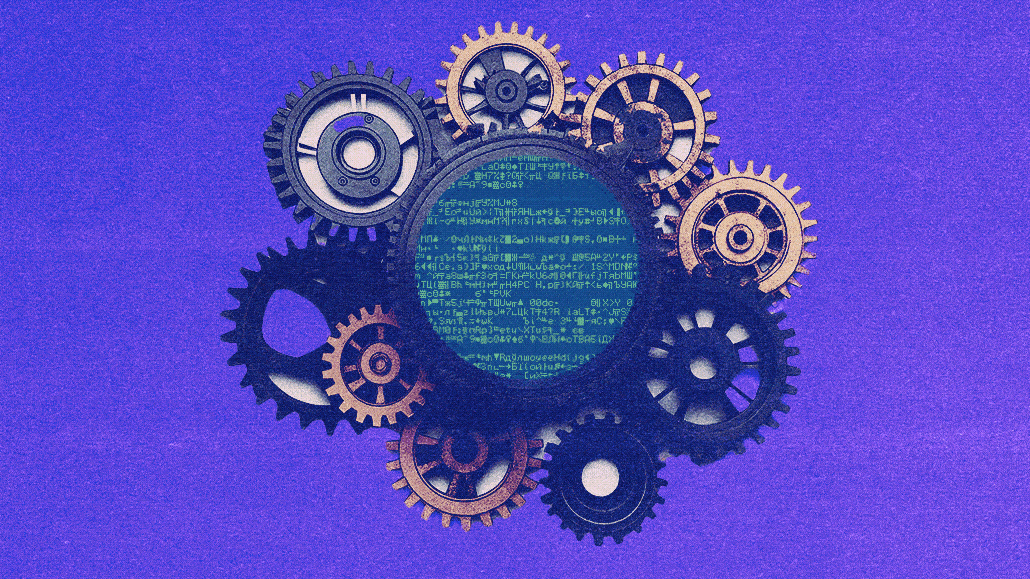
"After decades of fragmentation punctuated by episodic roll-ups, digital advertising has entered a different kind of consolidation phase: one driven by AI and supply path discipline, not just M&A. As marketers push for fewer hops, lower latency and transparent economics, and publishers seek durable yield with less operational drag, the path to a unified, two-sided tech fabric is finally practical."
"Buyers today often operate between eight and 12 disconnected point solutions: DSPs, verification vendors, fraud detection, attribution and creative optimization, to name a few. Publishers mirror this complexity with separate yield tools, header bidding wrappers, identity solutions and reporting dashboards that rarely agree with one another. Each handoff introduces latency, data loss and fee opacity. When something breaks, troubleshooting means stitching together logs from half a dozen vendors with incompatible taxonomies."
"The real breaking point is strategic. As AI becomes essential, fragmentation caps performance. Machine learning requires unified data. When impression or viewability means different things across systems, intelligence can't compound. This is why 88% of marketing teams are using generative AI in production, experimentation or exploration environments, and why buyers allocate 53.7% of media budgets to supply path optimization efforts (according to a 2025 "Brand Perception Study" commissioned by PubMatic and conducted by Forrester). But SPO alone only fixes routing, not the underlying infrastructure problem."
Digital advertising is shifting from fragmented point solutions toward consolidation driven by AI and supply path discipline. Marketers and publishers pursue fewer hops, lower latency, transparent economics, and durable yield with reduced operational drag. Buyers currently stitch together many disconnected tools while publishers maintain separate yield, identity, and reporting systems, causing latency, data loss, fee opacity, and cumbersome troubleshooting. Fragmentation limits AI and machine learning because unified, consistent data and metrics are required for compounded intelligence. High generative AI adoption and substantial media budgets allocated to supply path optimization reflect the need for unified infrastructure, though SPO alone does not solve underlying fragmentation.
Read at Digiday
Unable to calculate read time
Collection
[
|
...
]